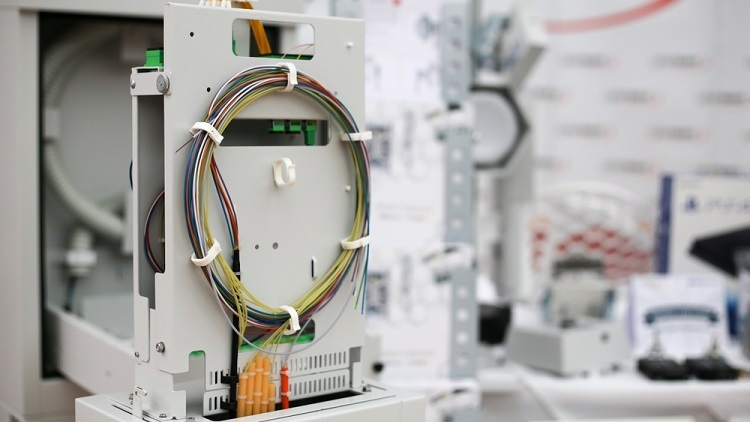Fibre to the Premises (FTTP) and Fibre to the Curb (FTTC) are two types of fibre optic broadband connections that allow you to access high-speed internet. They both use fibre optic cables to connect your home or business with a network operator’s equipment. The main difference between these two technologies is in the type of connection you have at your premises.
FTTP stands for Fibre To the Premises and it refers to the installation of fibre optic cables that link your home to the internet. This means there is no copper wire involved, as all your data travels through the glass fibre cable.
FTTC stands for Fibre To The Cabinet and it refers to a technology that uses fibre optic cables to connect your home to the internet. However, after this point, you will connect to the rest of the world through existing copper wires running along telephone poles or underground.
In an FTTP system, the optical fibre cable runs all the way from the nearest telephone exchange to your building. In FTTC systems, a short length of copper wire connects your building to a nearby street cabinet. This means that FTTC systems must be able to support different types of equipment — including older DSLAMs — so they can still be used for delivering broadband services over copper wires when necessary.
Fibre-to-the-Premise (FTTP) is a technology that uses fibre optic cables to provide Internet access, television and telephone service. Fibre optic cables transmit data digitally (as opposed to analog signals), so they can handle higher bandwidths than the copper wires used by DSL. FTTP is capable of delivering high-speed Internet access at speeds up to 1 Gbps or more.
Fibre-to-the-Curb (FTTC) is a newer version of FTTP in which fibre optic cables bring data to the curb or outside of an apartment building and then use traditional copper wires for the final connection between the curb and each subscriber’s home or business.
A big advantage of FTTP over FTTC is that it provides much faster download and upload speeds than traditional DSL service. However, if you live too far away from your neighbourhood node, you may still not be able to get those high speeds even if you have FTTP installed in your home. This is because there are limits on how far away from a node you can be before your connection starts suffering from attenuation issues — interference caused by electrical interference between wires over long distances — that make it impossible for your provider to deliver top performance levels.
For more differences on FTTP and FTTC, click here.









